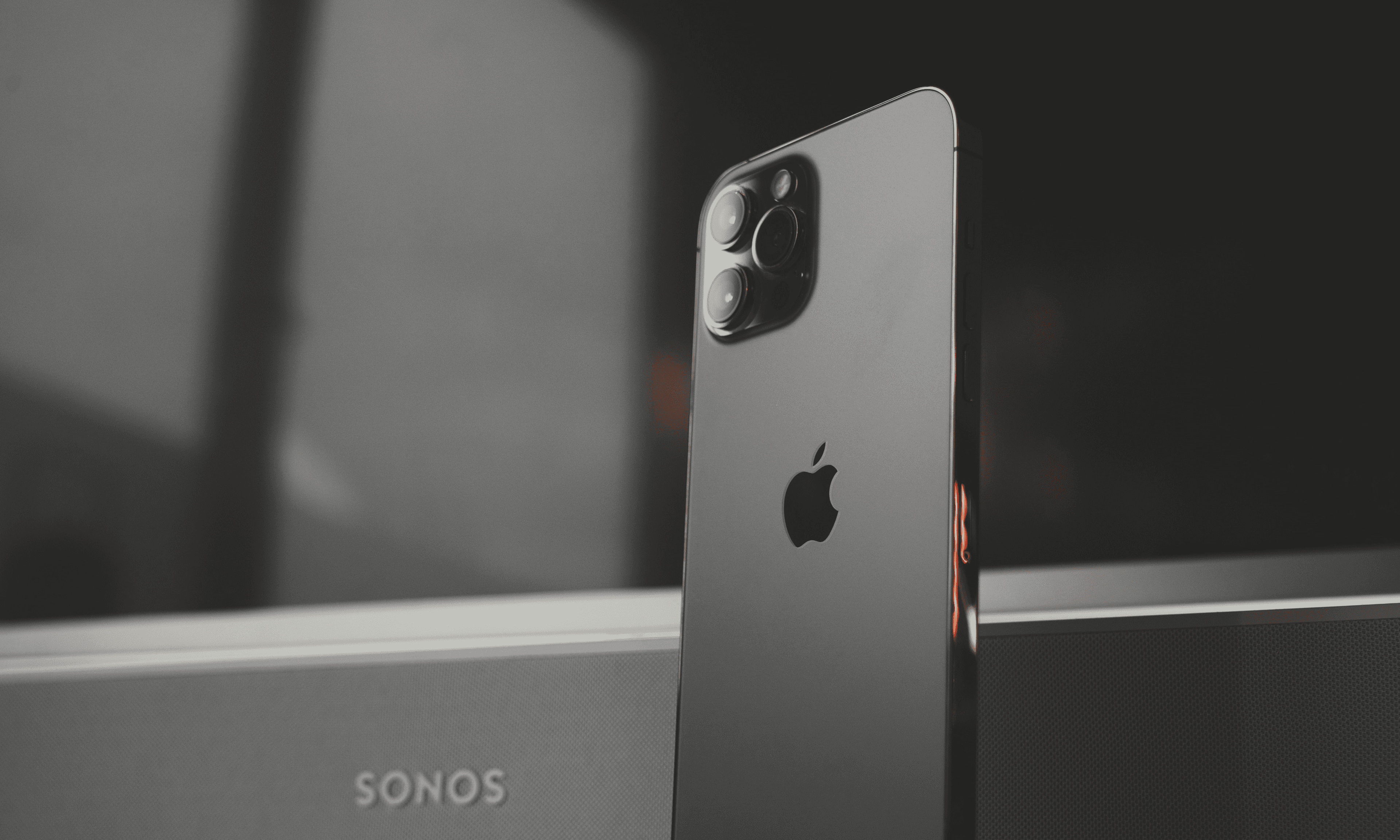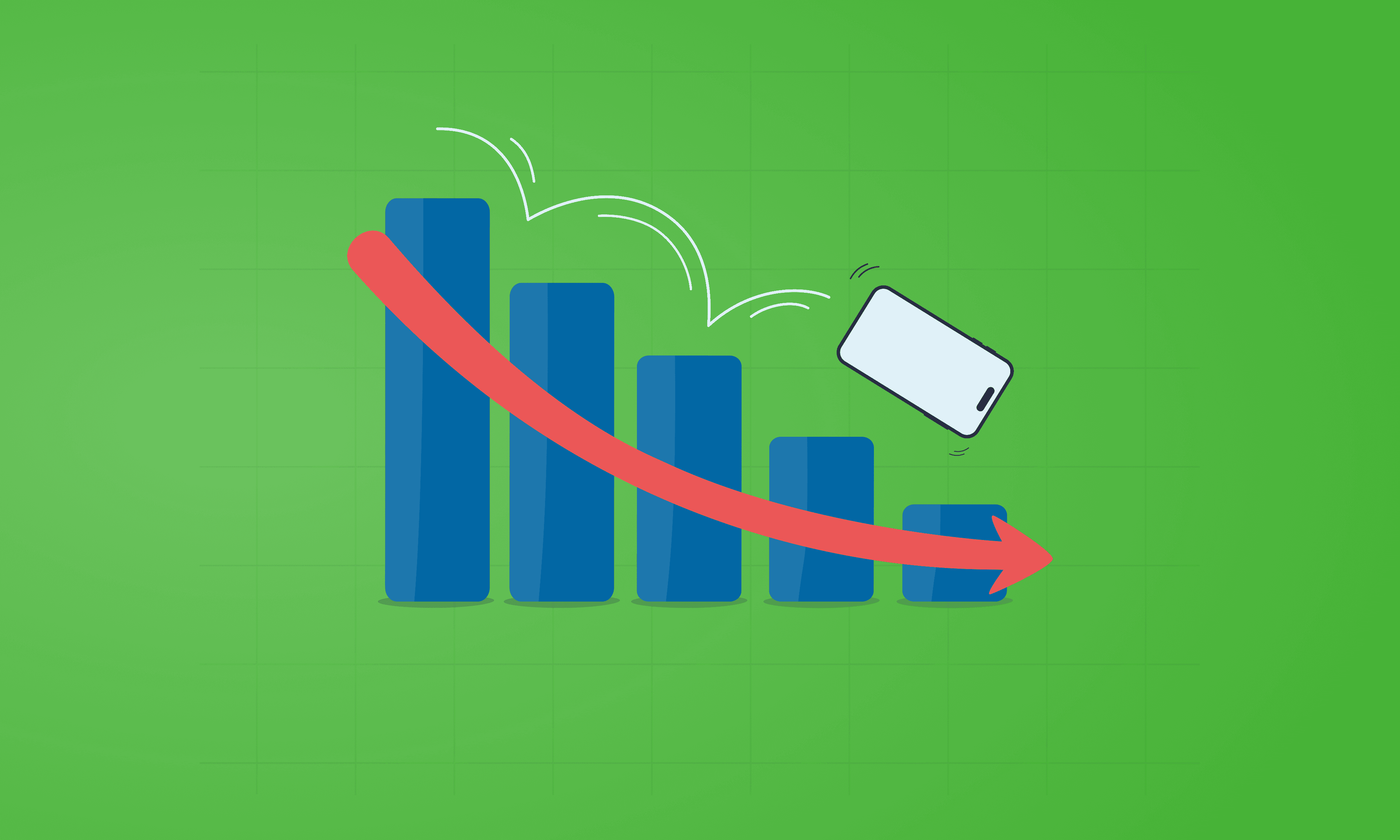We pick the best phones of the decade - iconic tech, innovation and environmental impact all weighed to celebrate the top devices of the 2010s.

Written by Andrew Marchant, Marketing Manager | Privacy, Money-Saving and Parenting Advice
Last updated on 18 December 2025

The twenty-teens are drawing to an end. We've witnessed countless mobile innovations and developments in the industry over the years, while at the same time our awareness of worldwide environmental damage has grown, and our impact on this planet has never been as closely scrutinised. Recycling is not just in our name, it's in our nature, so we have given some weight to this as we chose our best phones of the decade.
There were Android devices before the Desire, but 2010 saw the release of the most monumental Android device. We can point to the Desire as being the real turning point that brought the touch screen to the Android community en masse in the first seriously usable device. At the time, it was a taste of what was to come: a sleek design, minimal buttons and a high-quality screen. It was widely available and very highly regarded by tech junkies and mobile phone consumers generally.
The Desire stood head and shoulders above its competitors at the time, Apple dominated the space with the best phone of the previous decade, already on their fourth release, and were storming the sales charts. The Desire offered something that Apple couldn’t: customisation, and the Sense UI built on top of Android 2 meant that the seven home screens could be customised with apps, widgets and icons that would differ from user to user.
The HTC Desire went for the wow factor, and it certainly delivered, with the punchy processor allowing for a multi-tasking "Leap View" menu that could be viewed with a simple multi-touch pinch. The Desire had a ground-breaking UI and paved the way for modern smartphone functionality and usability. At the time they were really hitting the limits of what the processor could do, and trying to cover everything with a search box that would search the entire phone and a contact list that could take contacts from Google and Social Media apps and link them all together (a time consuming task that was often ignored).
The Galaxy S II brought the Korean manufacturer to the forefront, shipping with a modern dual-core Exynos 4210 processor and a hefty 1GB of RAM. This was the first Samsung device that cemented Samsung as the key competitor to the iPhones' smartphone throne.
The power behind this device was incredible, with a huge AMOLED screen, micro-SD support, separate GPU and a thin form factor - industry firsts that are still mainstays in the smartphone market, were unlike anything else found in other smartphones. Released before the iconic iPhone 4, the Samsung S II was unlike any of the comparatively bulky competition.
Where the S II really shone was in its usability. The 1.2GHz processors meant that the device was extremely fast and responsive, and the controls were intuitive, motion controls were introduced, and it felt feature-rich and speedy without ever being cluttered or clunky. In short, there wasn’t a single benchmark test that the S II didn’t dominate.
The AMOLED screen provided the advantages of a better battery life and Samsung had eliminated the problems with saturation that were present in the original Galaxy S’s AMOLED, giving this phone a saturation and clarity unlike anything seen before. It made previous devices look dark and muted and provided the wow factor.
This was the first Android phone with a full screen and an attractive aluminium design. This is the phone that all the MacBook lovers wanted out of the also aluminium iPhone 5S, but let’s face it, it wasn’t even nearly as Apple-looking as this work of art. This was the first phone with stereo speakers and the volume was amped up by none other than Beats by Dre. The quality of the speakers has not been replicated in the six years since.
The innovative ZOE mode essentially carved the path for the Live feature from Apple that would take full resolution pictures before the shutter had been pressed to create about twenty individual images that would provide a short three second video, from which you could select individual frames with ease to save as the picture. This has become a mainstay in Apple phones since the iPhone 6S to much applause, but HTC beat Apple to the punch.
The HTC One was a high-performance device, but if you wanted better in 2013, you had to look at Samsung or the deeply faulted LG Optimus Pro for similar benchmarks. The HTC One was high powered, great looking, it had innovative features in the UI and extras (the IR blaster for instance was brilliant).
Two words: 'Flagship Killer'. The OnePlus One came on the scene with a beasty processor and RAM combo, a bright and colourful screen, a root friendly OS and managed to win favour for the discontinued Nexus Android purists that wanted a cleaner OS than what Samsung could offer. At around £300 and by invitation only, the OnePlus One quickly built on the hype and has since solidified its reputation in the smartphone industry.
The only phone to be released with modders and rooters OS of choice, CyanogenMod, it gave diehard Android fans an opportunity to buy a phone readily built with all the custom features they would want out of the phone. It was a stripped back version of Android Jellybean, and it made the fast specs feel silky smooth.
As Samsung and Apple started to create the gulf between themselves and other manufacturers, OnePlus attempted to bridge that gap by providing premium features and internal specifications that rivalled the very best on the market and pushed the boundaries of what we can expect from budget and mid-range devices.
Despite this smartphone not being the best in the industry, nor the most powerful for its price point, nor having the best screen or the biggest battery, and with only a just-barely-competitive Snapdragon 801 processor powering it, the Fairphone 2 has been a trailblazer in ensuring that devices are built using ethically sourced, conflict-free and recycled materials and assembled in audited factories with decent working conditions. The Fairphone 2 is the second instalment in their portfolio, but the first device was completely designed by their internal teams. The device itself is durable and repairable, with modular internal components.
Fairphone are now on their third release, and we are starting to see more thought getting put into sustainable models, whether it’s the large manufacturers using recycled materials, or smaller companies like Shift with their 6MQ trying their hand at a modular design, Fairphone are leading by example.
We’ve had a tough time choosing an iPhone to make the list, as we could have gone with the innovative iPhone 4 that revolutionised the iPhone as we know it, or later in the decade with the stark improvements of the iPhone XR or iPhone 11 Pro, that have blown many people away. In the end, we opted for a more low-key favourite for delivering exactly what was desired from an iPhone.
Alongside the premium iPhone 6S, the unassuming, aluminium body iPhone SE was released with the same bolstered internals and superb camera setup that could record in 4K. In an age where most manufacturers were looking towards bigger screens, the SE stood out as being a surprisingly affordable device. The fact that it will still be supported into 2020 and still has the lowest emissions of any iPhone released before or since has kept it in our list of firm favourites.
The SE proved that good things do come in small packages, and if the rumblings of an SE2 come to fruition, the next decade could be off to a good start for Apple.
Is it perfect? Certainly not. The foldable device has seen two re-launches and is only available in select markets. Following the initial release which found many people almost immediately breaking the devices (which cost an eye-watering £1500). In spite of this, we would argue that smartphones' form factor hasn’t changed much since 2010, and this is a noble first attempt and a huge step towards what could be a real innovation within the smartphone industry. The Galaxy Fold got people excited again about what the future may hold, which is why it’s made our list of the best phones of the decade.

The iPhone used to define innovation. Now every new model feels the same. Is Apple’s story running out of pages?

See which Apple, Samsung and Google phones hold their value best over the first and second year on the market.
With Pixels becoming a decent contender for your upgrade choice, we’ve crunched the numbers to reveal depreciation patterns of Google Pixel phones.